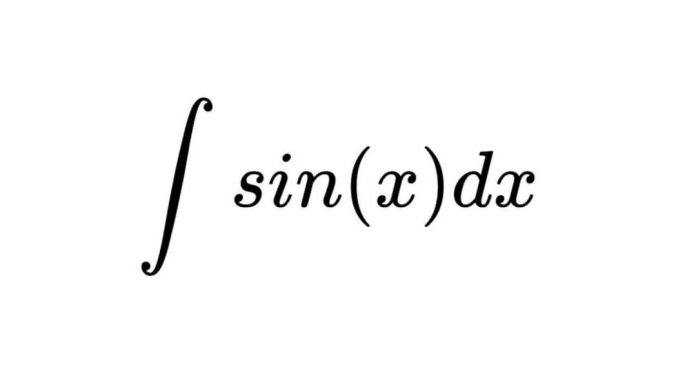Overview of the integration of sin(x):
Formula:
∫sin(x) dx = -cos(x) + C
where C is the constant of integration.
Derivation:
To derive this formula, we can use the definition of integration as the antiderivative of a function. We know that the derivative of cos(x) is -sin(x), so we can write:
d(cos(x))/dx = -sin(x)
Now, we can integrate both sides with respect to x:
∫d(cos(x)) = ∫-sin(x) dx
cos(x) = -∫sin(x) dx
Now, we can multiply both sides by -1 to get:
∫sin(x) dx = -cos(x) + C
Graph:
The graph of ∫sin(x) dx = -cos(x) + C is a cosine curve that has been reflected about the x-axis and shifted vertically by the constant C.
Key features of the graph include:
– Amplitude: 1
– Period: 2π
– Phase shift: 0 (without the constant C)
– Vertical shift: C
Note that the graph of ∫sin(x) dx is not the same as the graph of sin(x). The integral of sin(x) is a cosine curve, while the graph of sin(x) is a sine curve.


